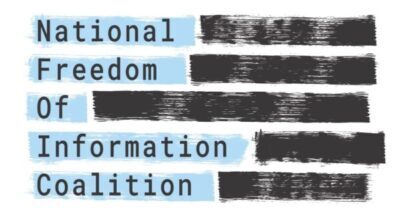Mitchell W. Pearlman is former executive director of the Connecticut Freedom of Information Commission and is now a lecturer in media law at the University of Connecticut. He also currently serves on the NFOIC board of directors. In 2009, Pearlman was inducted into the State Open Government Hall of Fame.
On January 21, 2009—his first day as President of the United States—Barack Obama wrote:
“The presumption of disclosure also means that agencies should take affirmative steps to make information public. They should not wait for specific requests from the public. All agencies should use modern technology to inform citizens about what is known and done by their Government. Disclosure should be timely.”
In this age of powerful computers and communications systems, governments all over the world still have not yet figured out how best to proactively and efficiently disseminate important information to their citizens. Notwithstanding President Obama’s statement, this is the case in the United States. And I strongly suspect that this is the case elsewhere as well.
So, in this essay I will discuss how governments can best decide what information they should proactively disclose, and how they can best go about doing so.
In this regard, it is first necessary to go back to the fundamental principles underlying all access to government information (i.e., Freedom of Information) laws. I will then address the issue of what must—or should—be proactively disclosed.
I will also look at some categories of government information that are typically proactively disclosed, as well as some considerations that should go into determining what may be proactively disclosed. And before concluding, I will look critically at some of the platforms for proactively disseminating government information, their benefits and limitations.
